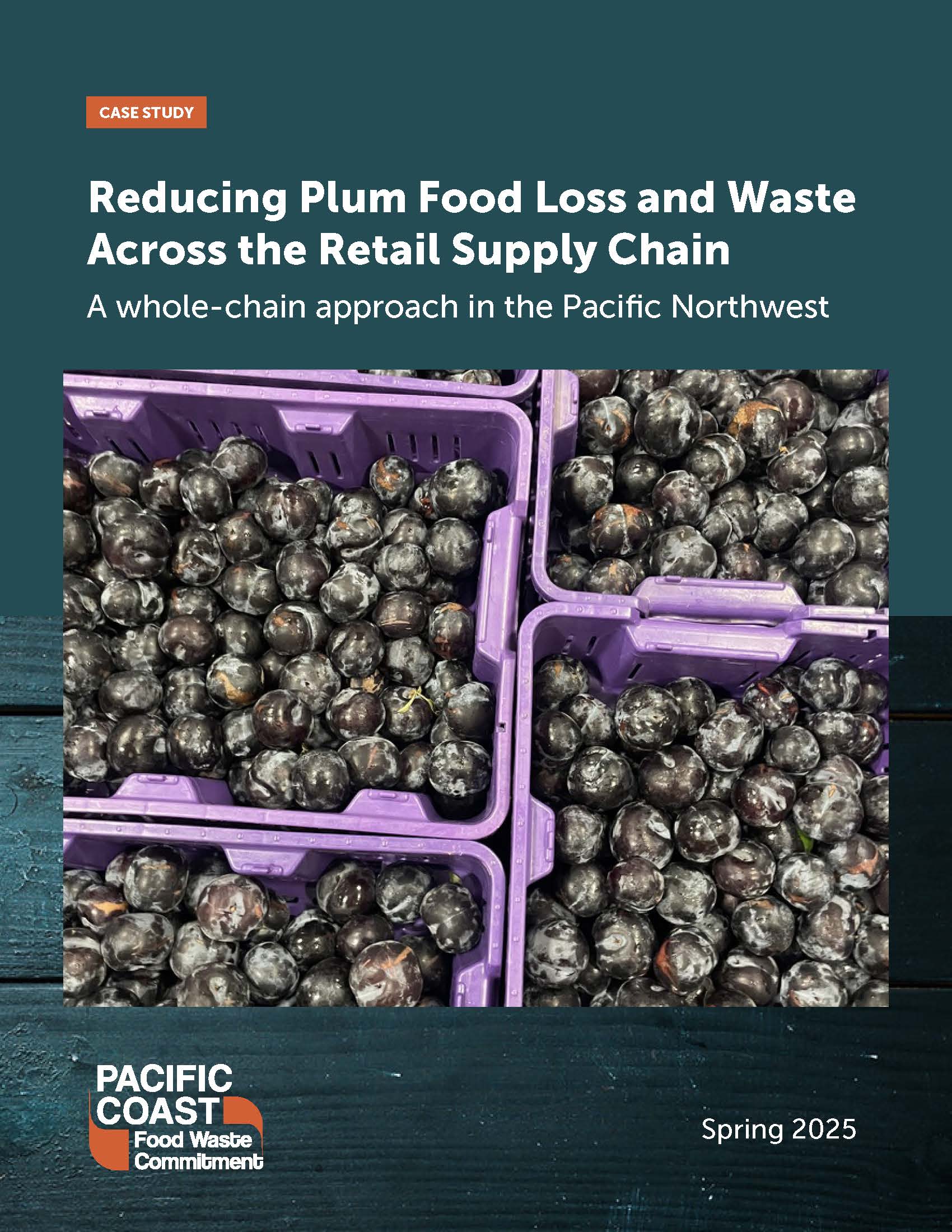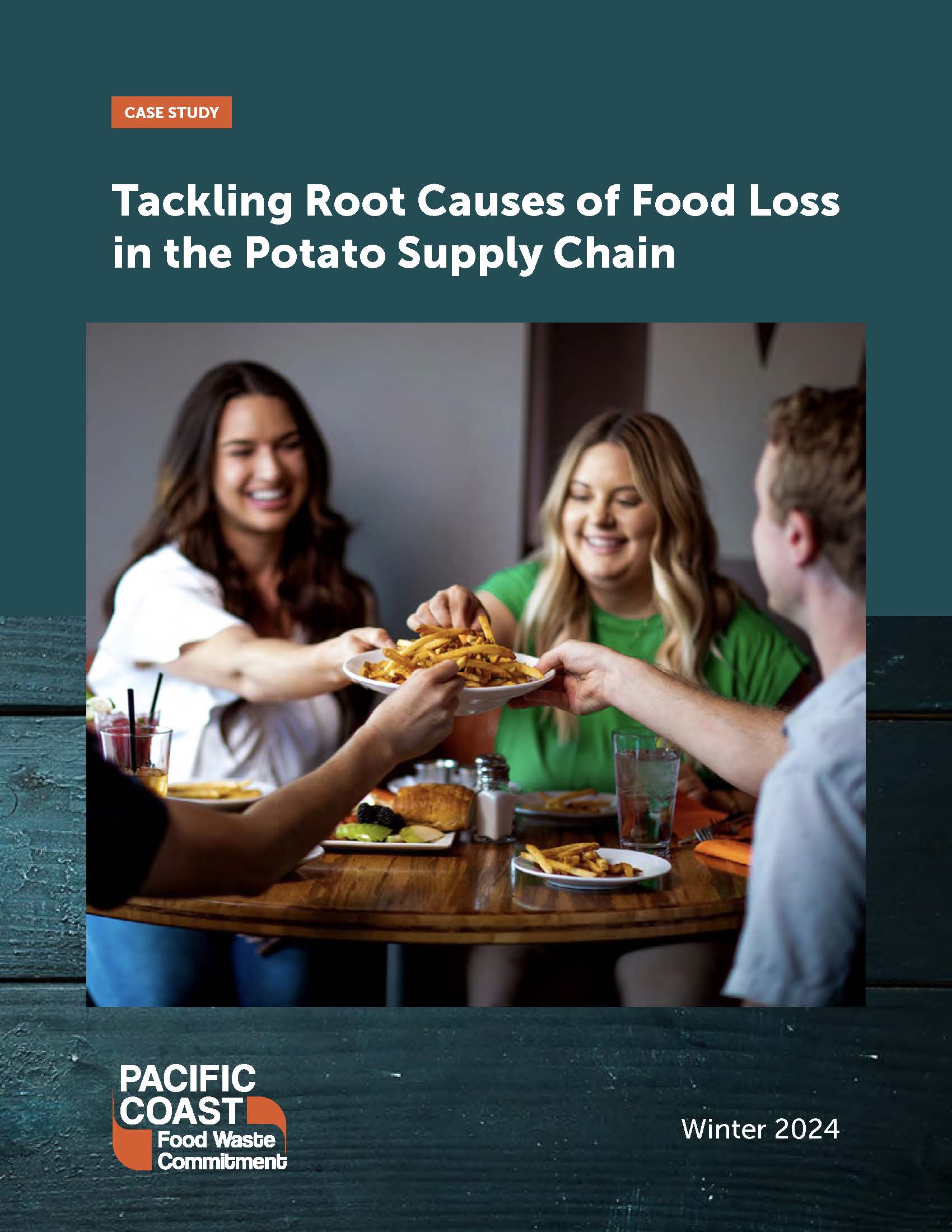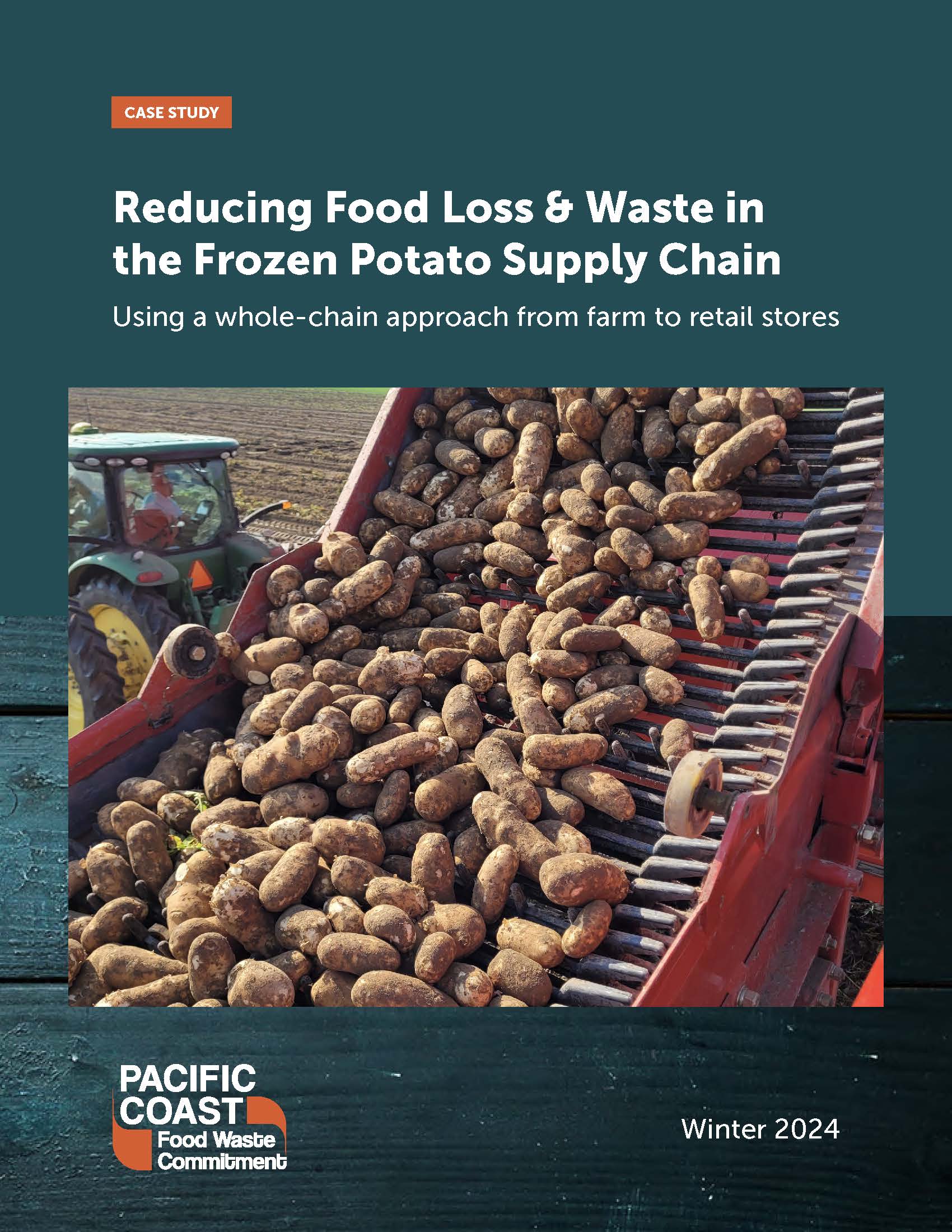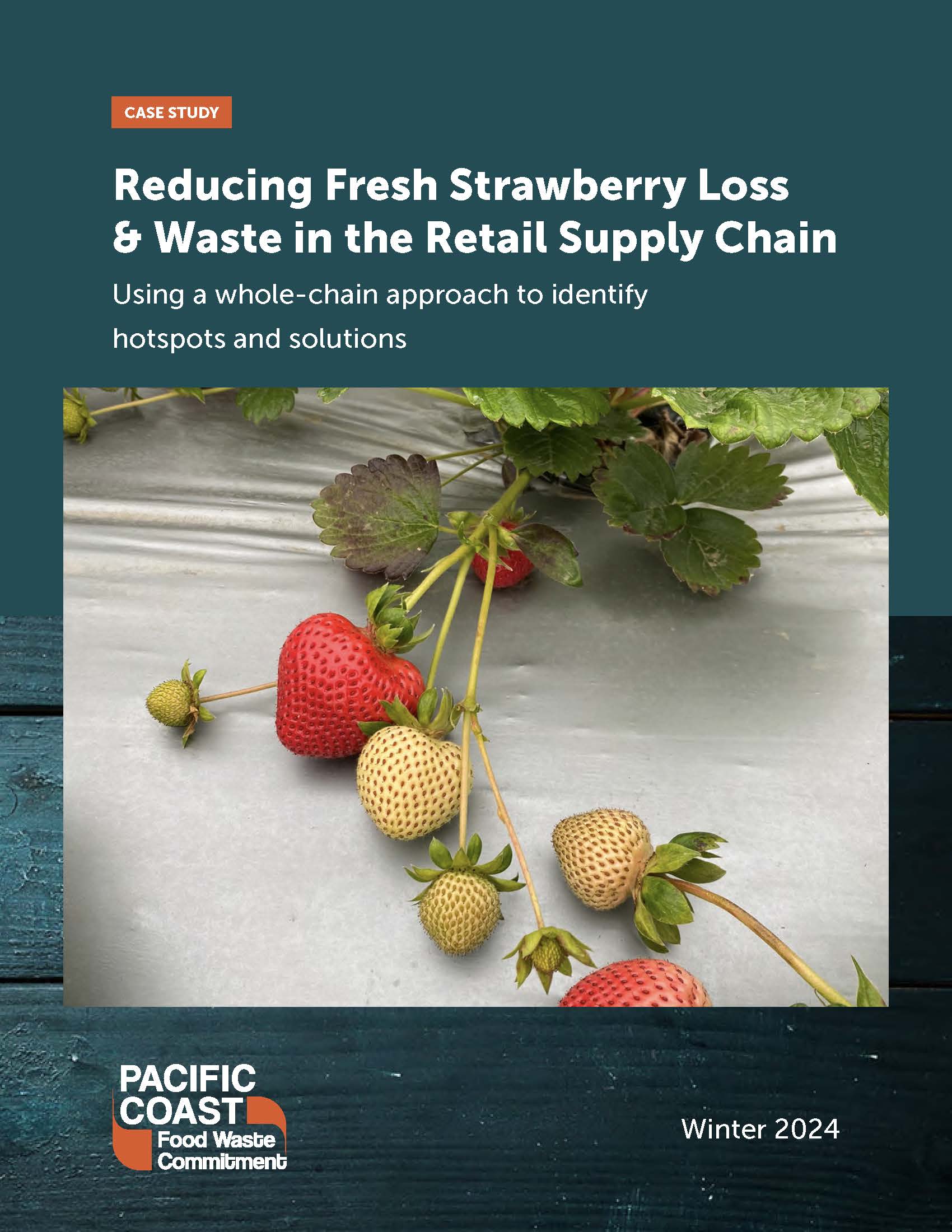Whole Chain
Food waste impacts the whole food system, often resulting in lost value for food businesses, a larger carbon footprint across the supply chain, and less food available for consumers. Whole chain collaboration aims to identify food waste hotspots in each node of the supply chain—from farm to fork—to better understand where waste is happening and how to address it more efficiently and effectively. This work is integral to eliminating food waste once and for all.
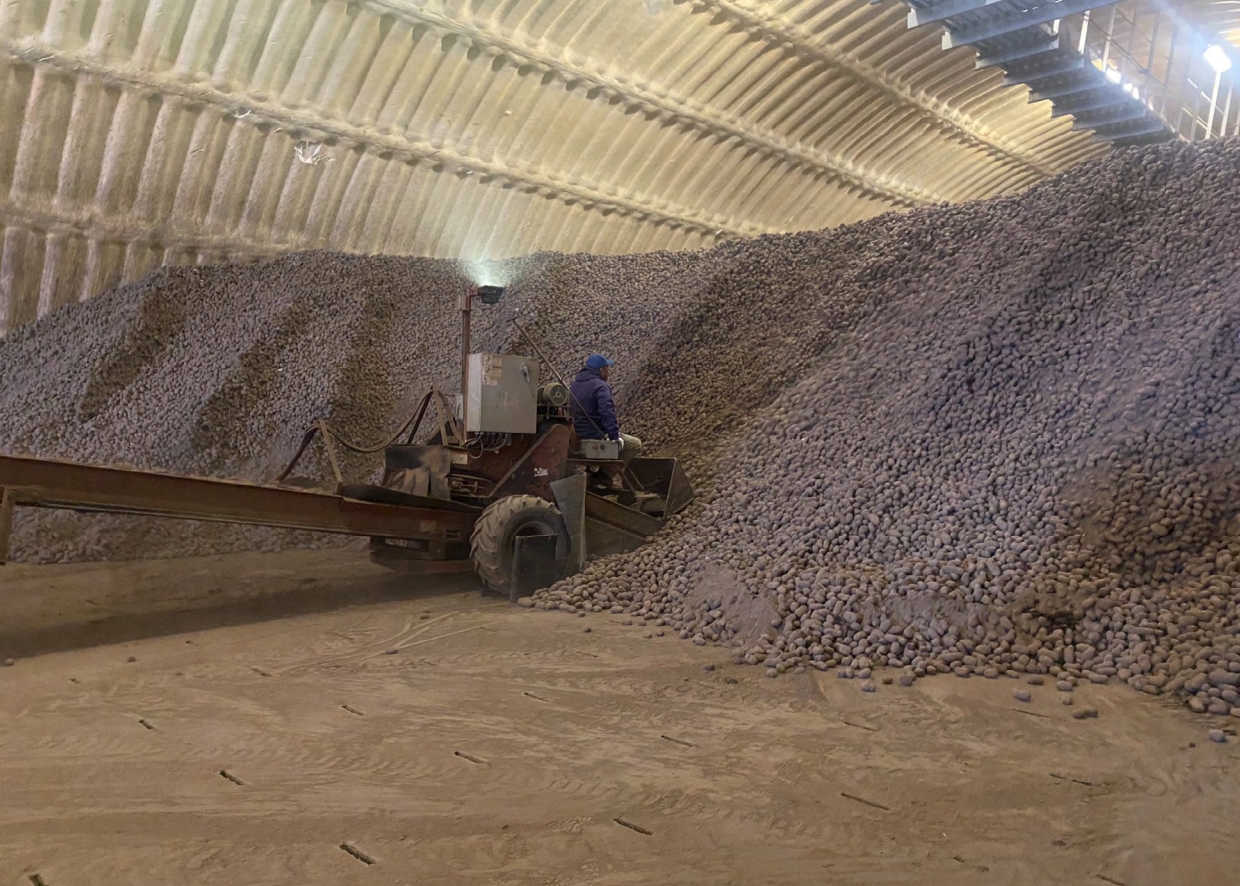
Case Studies
To date, the Pact has run almost ten whole chain pilot projects that have identified where waste is happening and solutions to address waste generation. The case studies for these pilot projects detail food waste hotspots and identified solutions that address those hotspots in commodities across the supply chain.
Whole Chain Collaboration: A Better Food System
Whole chain collaboration is integral to effective and lasting food waste. By identifying waste hotspots, food businesses can work together to implement better solutions with higher impact, reducing food waste, emissions, and costs for a more efficient and sustainable food system.



